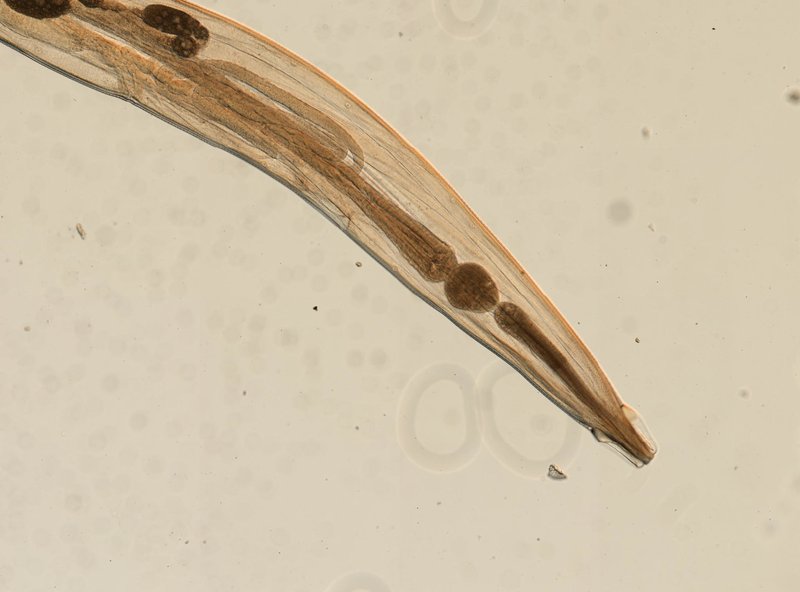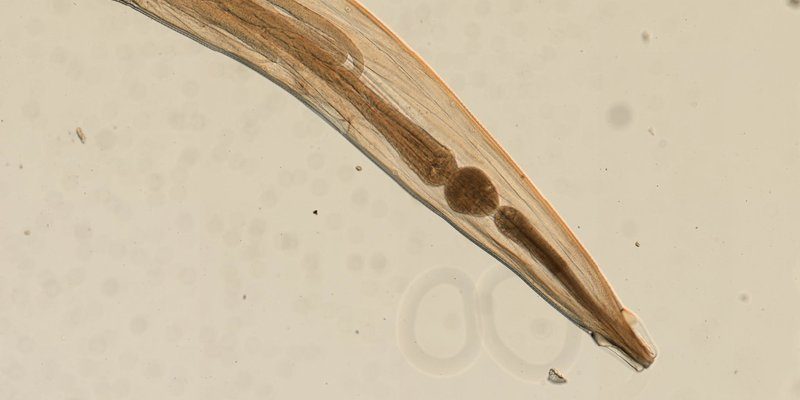
So, how does this work, and why should we care? Well, just like how canaries were once used in coal mines to detect toxic gasses, pinworms can tell us a lot about the quality of our soils and waterways. This article unpacks how these little critters play a significant role in environmental science, what it means for our world, and how we might use their presence (or absence) as a sign of ecological health.
What Are Pinworms?
Pinworms, scientifically known as *Enterobius vermicularis*, are small, white parasites that primarily live in the intestines of humans. They’re most famous for causing discomfort in children, leading to restlessness and scratching at night. But don’t let their reputation fool you; these little worms pack a punch when it comes to understanding our environment.
These parasites have a fascinating lifecycle and can easily spread in crowded environments, making them a common occurrence in schools and daycare centers. You might be wondering why scientists would want to use something generally considered a nuisance for research. The answer lies in their resilience and adaptability. Essentially, they’re survivors—and studying their survival can reveal a lot about the conditions around them.
How Do Pinworms Help Monitor the Environment?
Pinworms can serve as bioindicators, which means their presence, abundance, or health can reflect the quality of the environment. They’re especially sensitive to changes in soil quality and pollution levels. For example, researchers might find that higher levels of pollution correlate with fewer pinworms in a specific area. This suggests something is off—perhaps the soil or water isn’t as healthy as it should be.
In practical terms, scientists can use pinworms to assess the impact of human activities on ecosystems. If they notice that pinworm populations are declining in a certain area, it could indicate that something is disrupting the habitat. By keeping an eye on these little worms, we can gather data about the health of forests, wetlands, and even urban environments.
The Pinworm Lifecycle and Its Environmental Significance
Now, let’s dive deeper into the lifecycle of pinworms to understand why they’re so useful. Pinworms mature quickly, going from eggs to adult worms in just a few weeks. After mating, female pinworms migrate to the anal area to lay their eggs, often causing discomfort. This lifecycle is so efficient that pinworms can quickly adapt to changing conditions, making them excellent indicators of environmental health.
What’s fascinating is that their lifecycle can be affected by environmental stressors. Changes in temperature, pH levels, and soil composition can directly influence their reproduction and survival. This means that monitoring pinworm populations can give scientists clues about the quality of the environments they inhabit, helping us understand broader ecological trends.
Challenges in Using Pinworms for Monitoring
While using pinworms for environmental monitoring sounds promising, there are certainly challenges involved. For starters, accurately identifying pinworm species can be tricky. There are other similar-looking worms that might cause confusion. It’s crucial for researchers to have clear guidelines and training to ensure they correctly identify and interpret the data these organisms provide.
Moreover, pinworms are just one piece of the ecological puzzle. Relying solely on them can oversimplify complex environmental issues. To get a complete picture, scientists must pair pinworm data with information from other bioindicators and environmental assessments. This holistic approach can lead to more accurate conclusions about ecosystems and their health.
Real-World Applications of Pinworm Monitoring
So, how are pinworms actually being used in environmental studies? In some research projects, ecologists have started collecting soil samples from various locations to detect the presence of pinworms. By observing their population density and health, researchers can assess soil contamination and nutrient levels.
For instance, if a particular area shows a significant drop in pinworm numbers, it might prompt further investigation. Perhaps there’s excessive pesticide use or industrial runoff affecting the soil’s health. By identifying these issues early, communities and governments can work together to implement changes that protect the environment.
Alternatives to Pinworm Monitoring
While pinworms have their advantages, they’re not the only game in town. Researchers also use other bioindicators, such as earthworms, insects, and even plant species, to gauge environmental health. Each of these organisms has its own strengths and weaknesses.
For example, earthworms are fantastic at breaking down organic material and improving soil structure, but they might not be as sensitive to certain pollutants compared to pinworms. On the other hand, some plants can indicate heavy metal contamination but may not provide information about soil composition. Choosing the right bioindicator often depends on the specific environmental questions scientists are trying to answer.
Using pinworms for environmental monitoring may seem unconventional, but it’s a powerful tool in understanding our ecosystems. As researchers continue to explore the connections between pinworms and environmental health, we can look forward to more accurate assessments of our natural world.
In a way, pinworms represent a small but mighty link in the web of life, revealing how human actions impact even the tiniest creatures. By keeping an eye on these little detectives, we can work toward more sustainable practices and ensure a healthier planet for future generations. So next time you hear about pinworms, remember—they’re not just troublesome parasites; they could be the key to unlocking the secrets of our environment.

